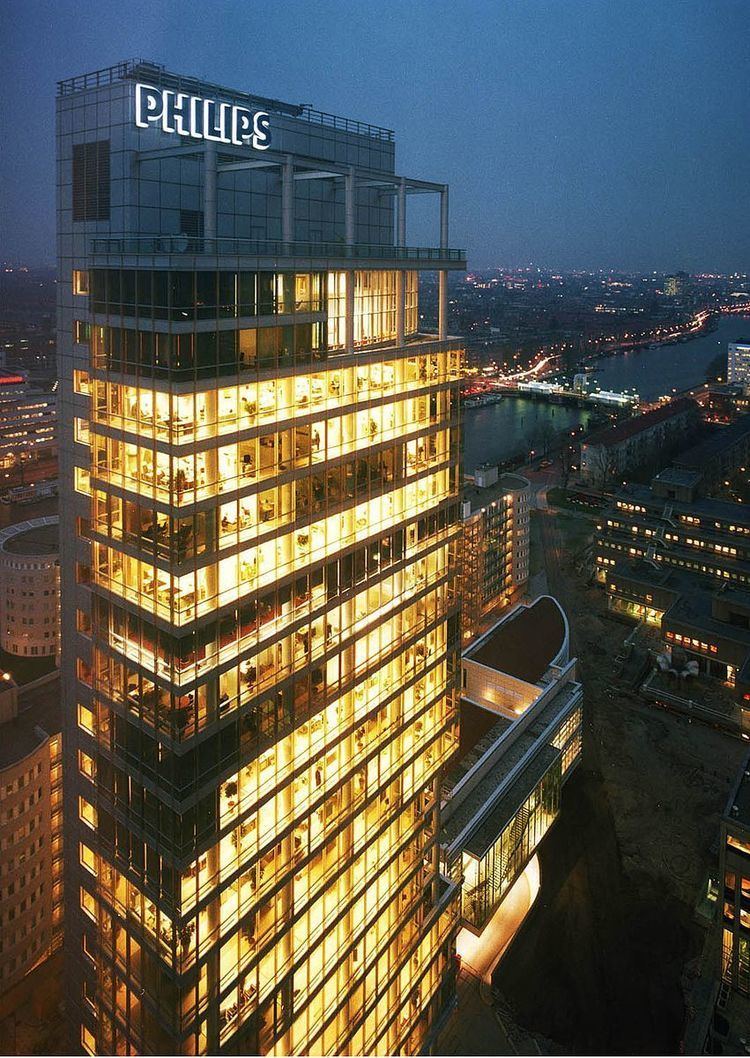Release date 1985 Memory 128 KiB to 640 KiB | ||
 | ||
Operating system | ||
The Philips :YES was a home computer/personal computer released by Philips Austria, Vienna, in 1985. It wasn't 100% compatible with the IBM PC, a reason given for its commercial failure. The system was sold in limited quantities only.
Contents
Technical specifications
The built-in graphics hardware supported composite video output. An additional video module allowed output to TTL monochrome monitors, colour monitors or SCART televisions.
Video RAM was shared with system RAM. Before using graphics modes, memory had to be allocated for them with the GRAPHICS or GRCHAR commands.
An expansion card (the Professional Expansion Board) provided:
Operating system versions
Known operating systems adapted for the Philips :YES include:
References
Philips :YES Wikipedia(Text) CC BY-SA
